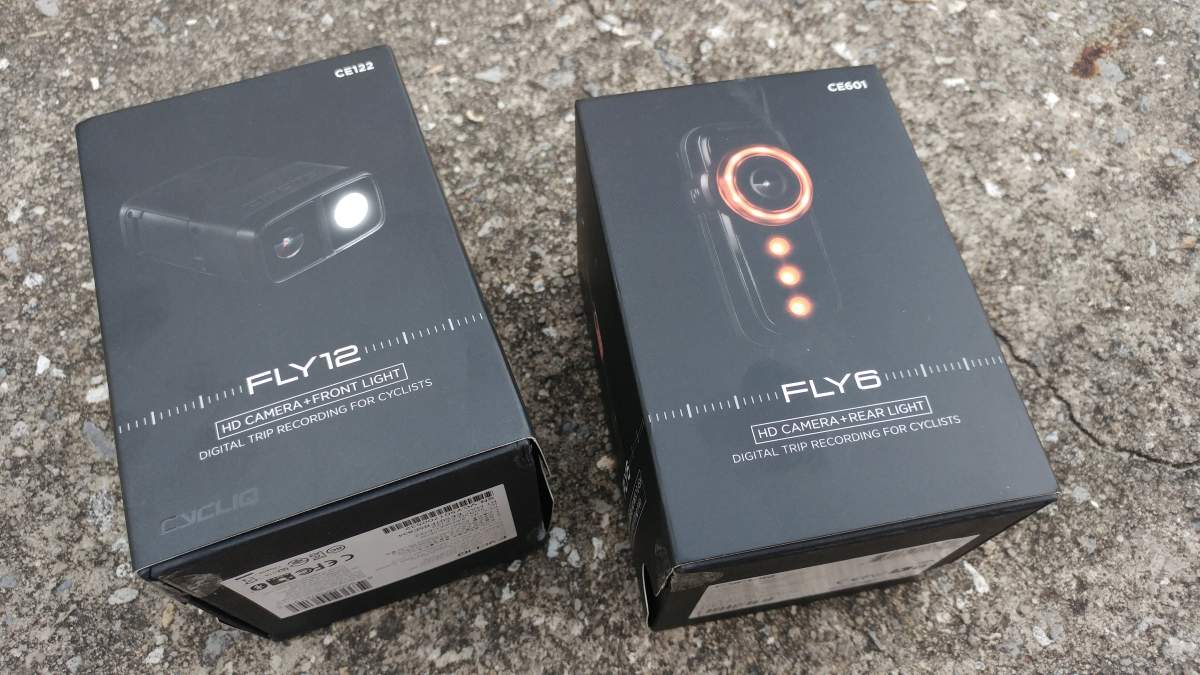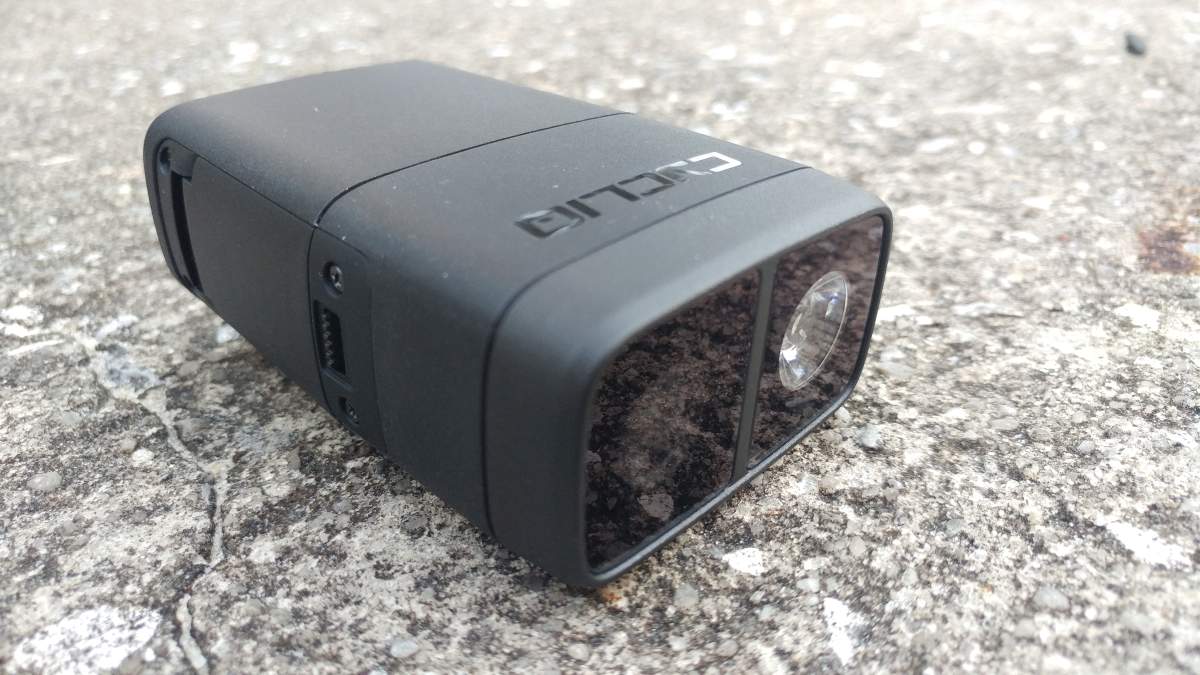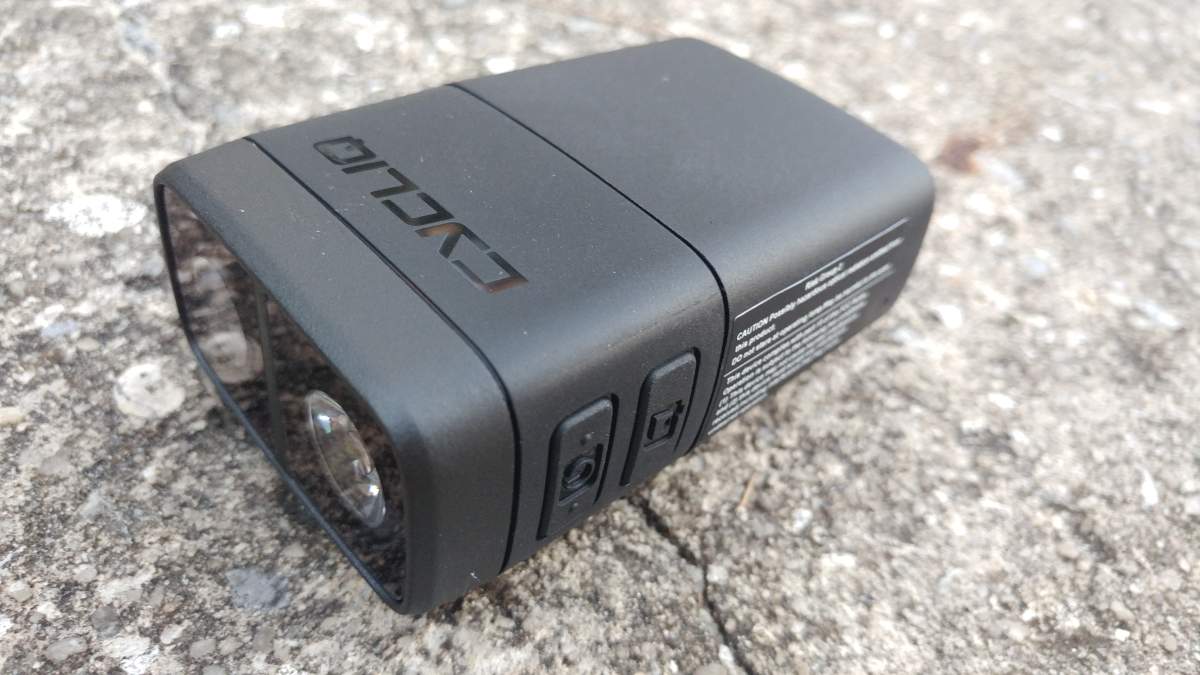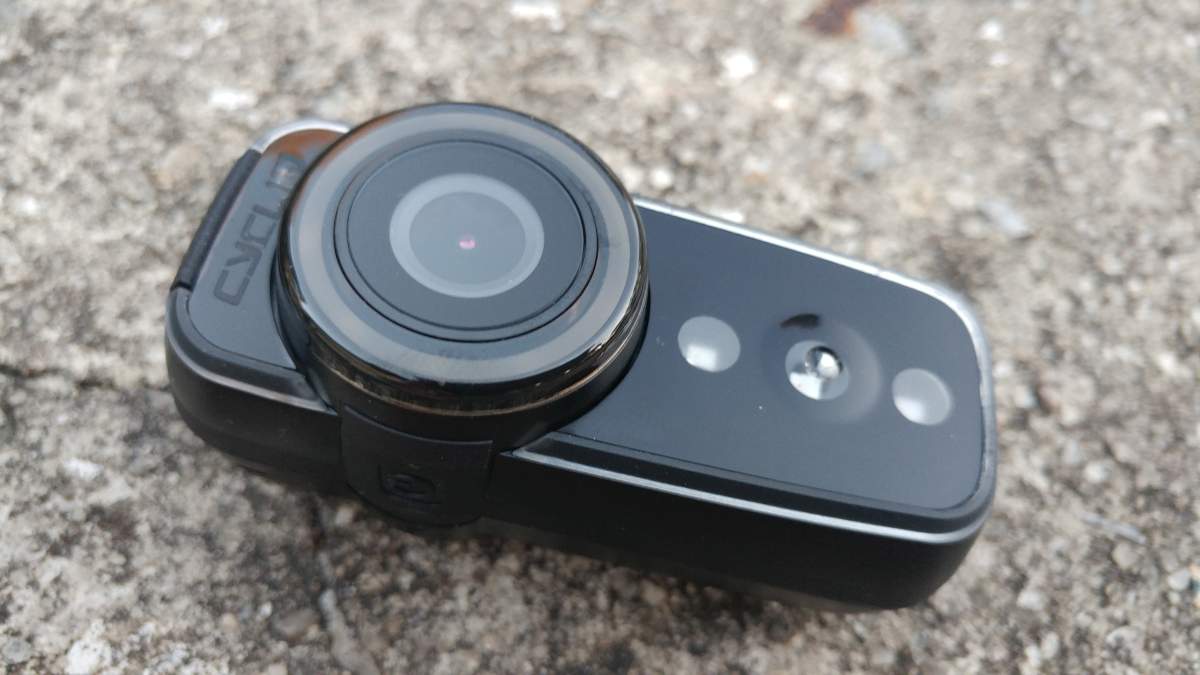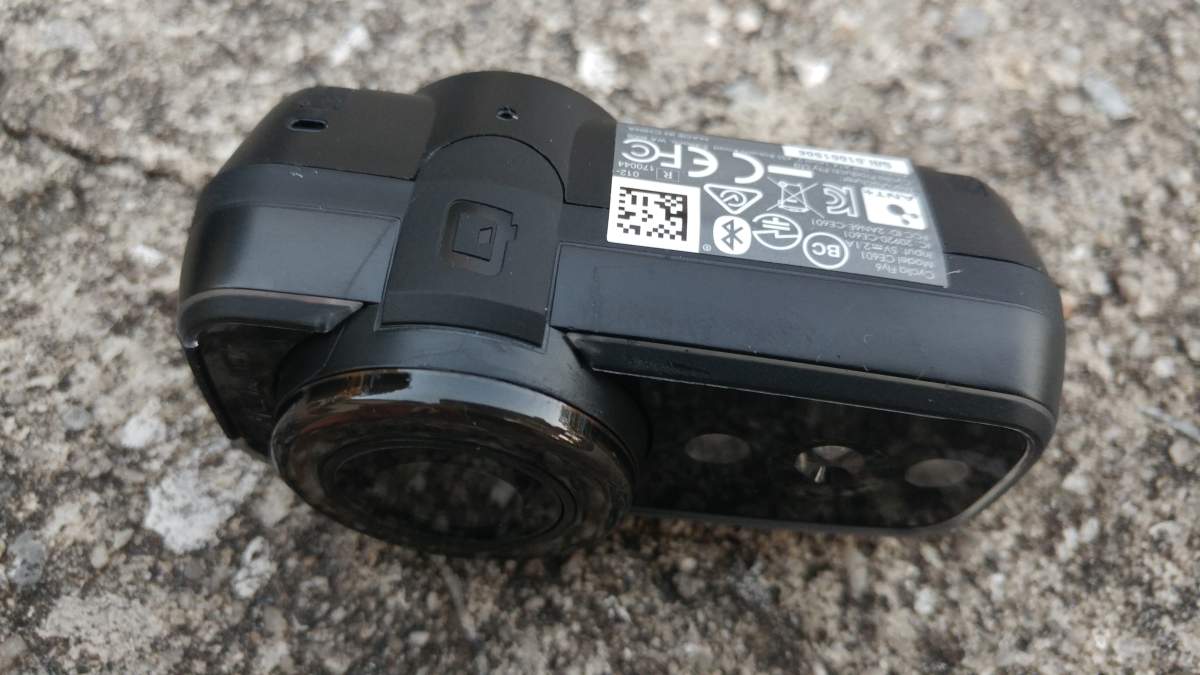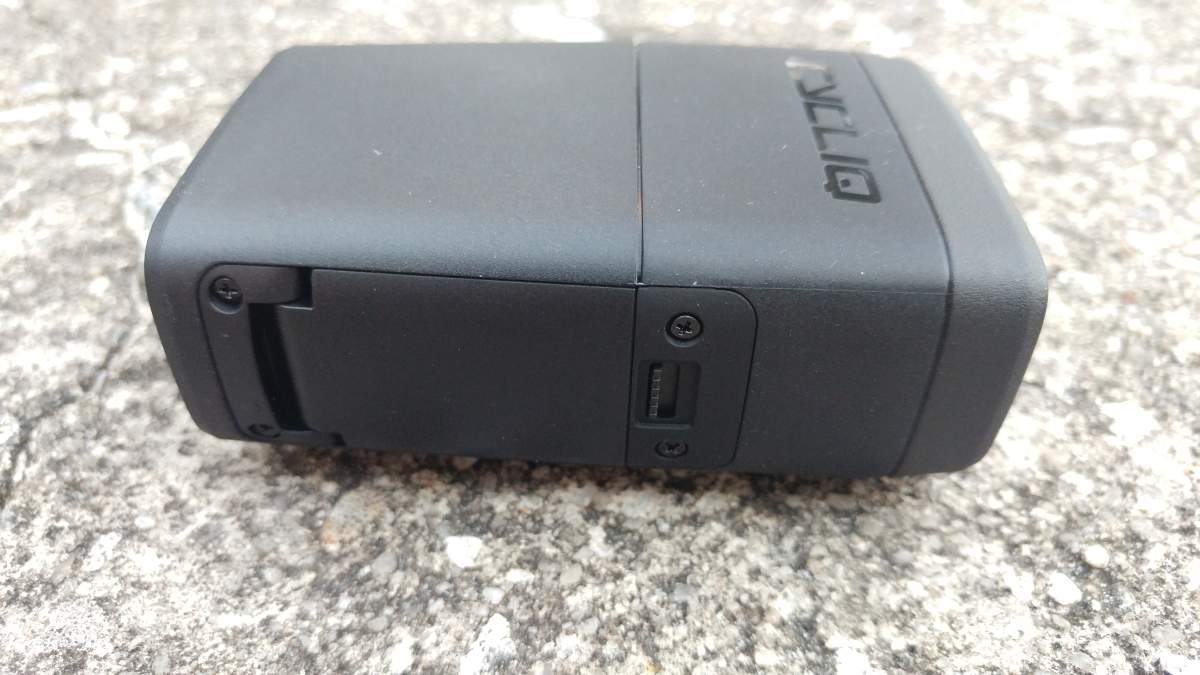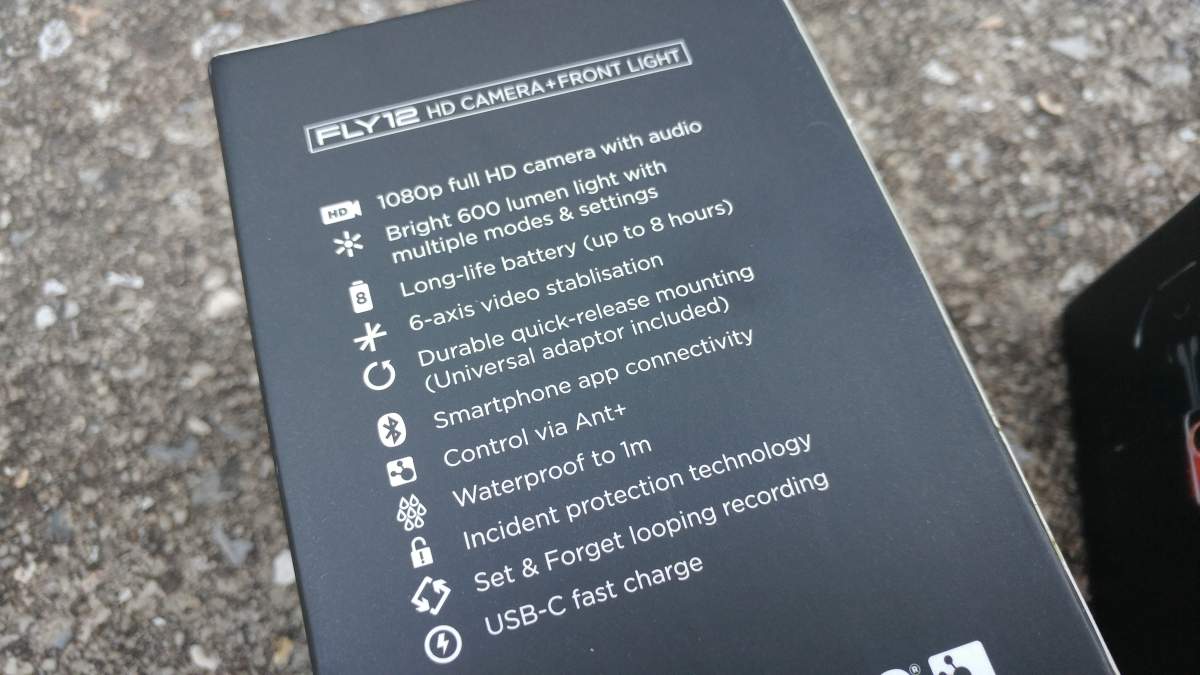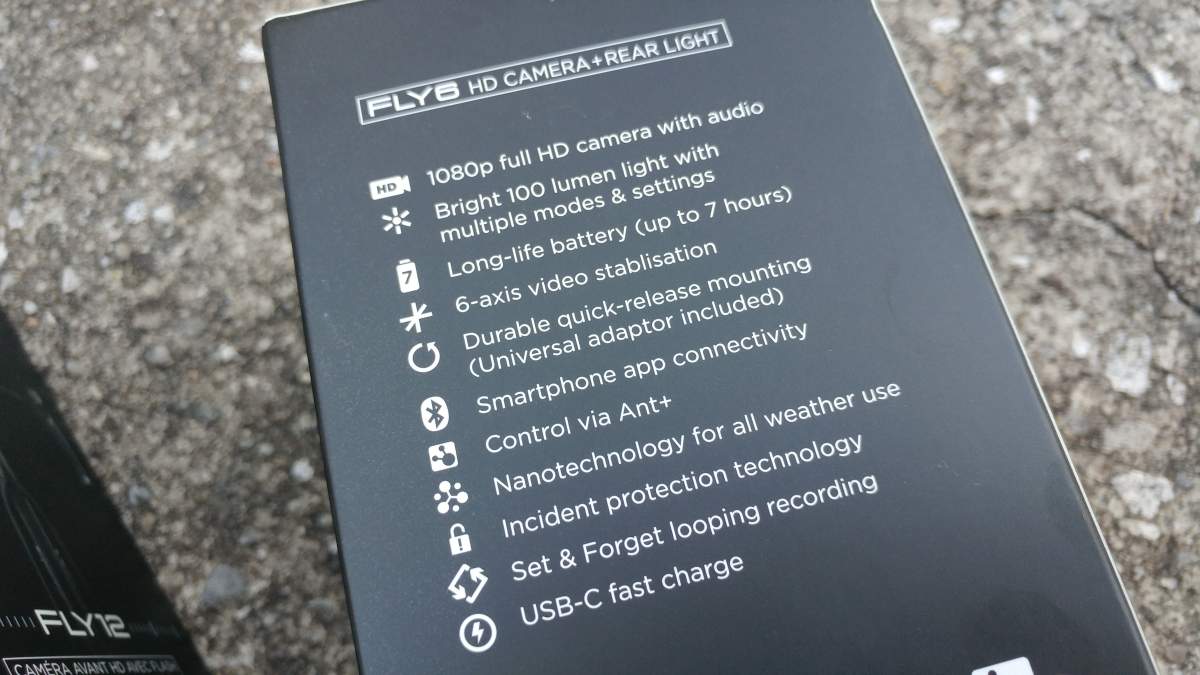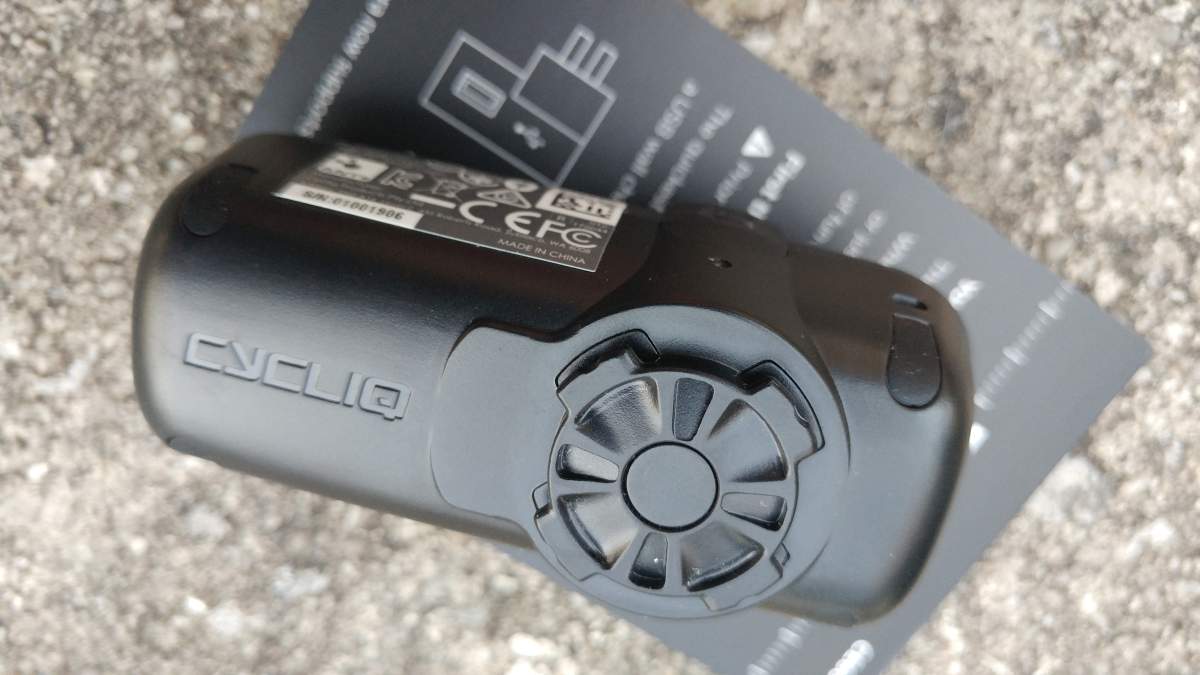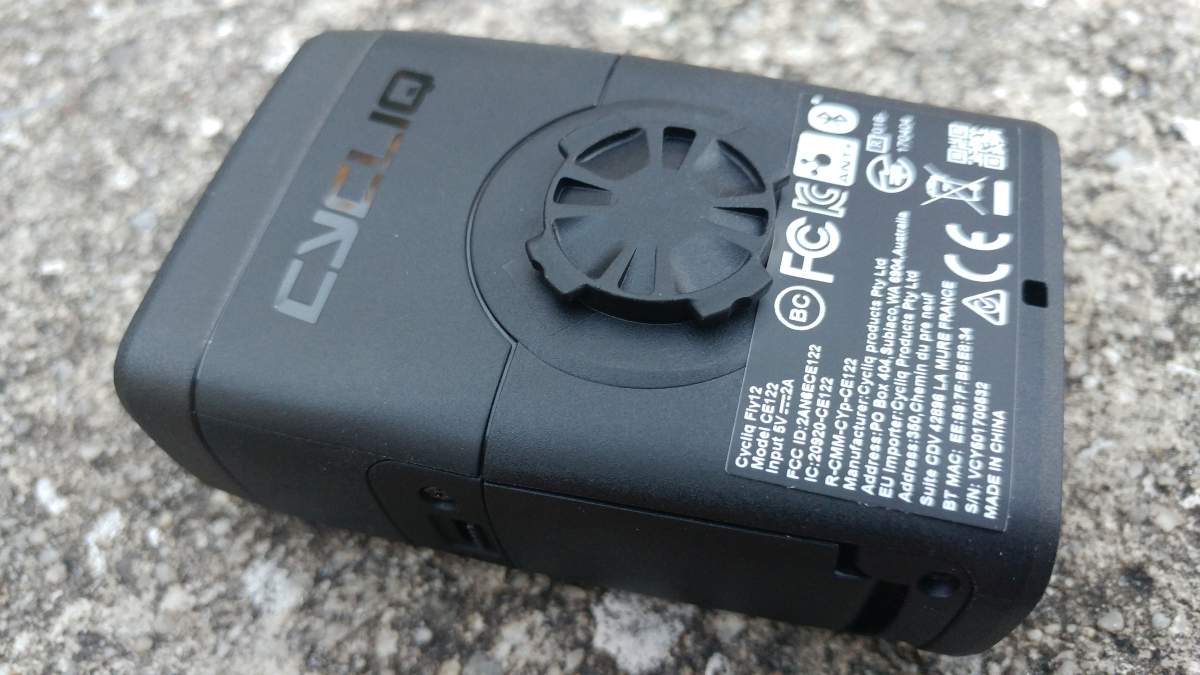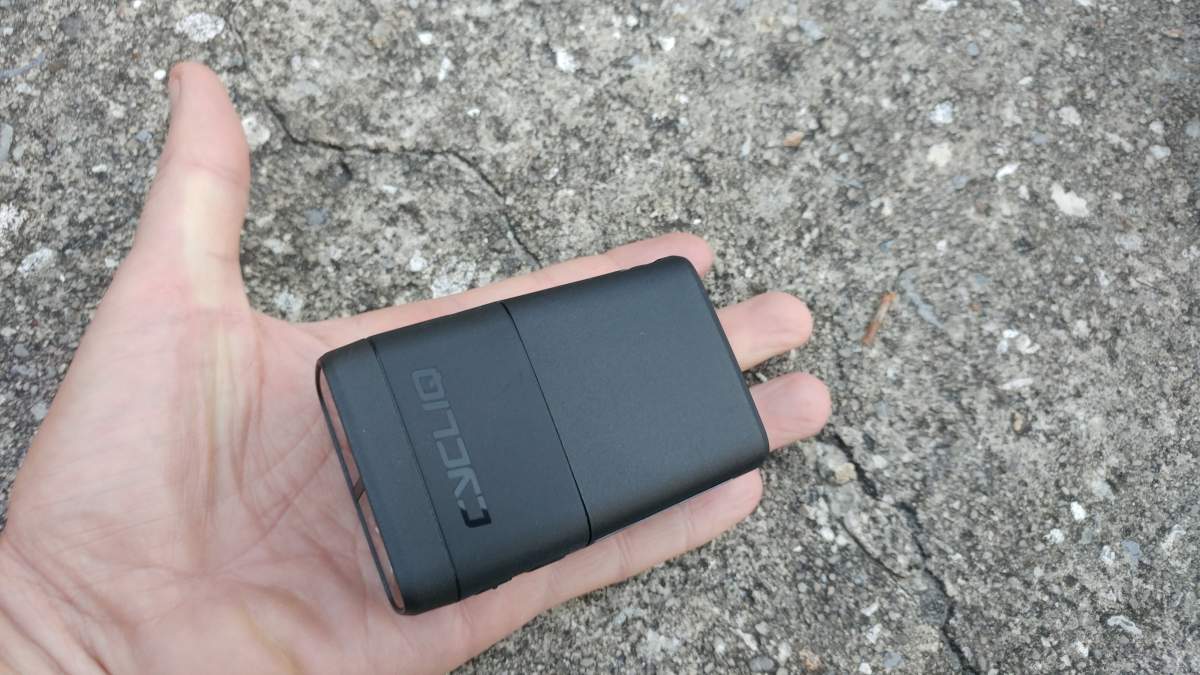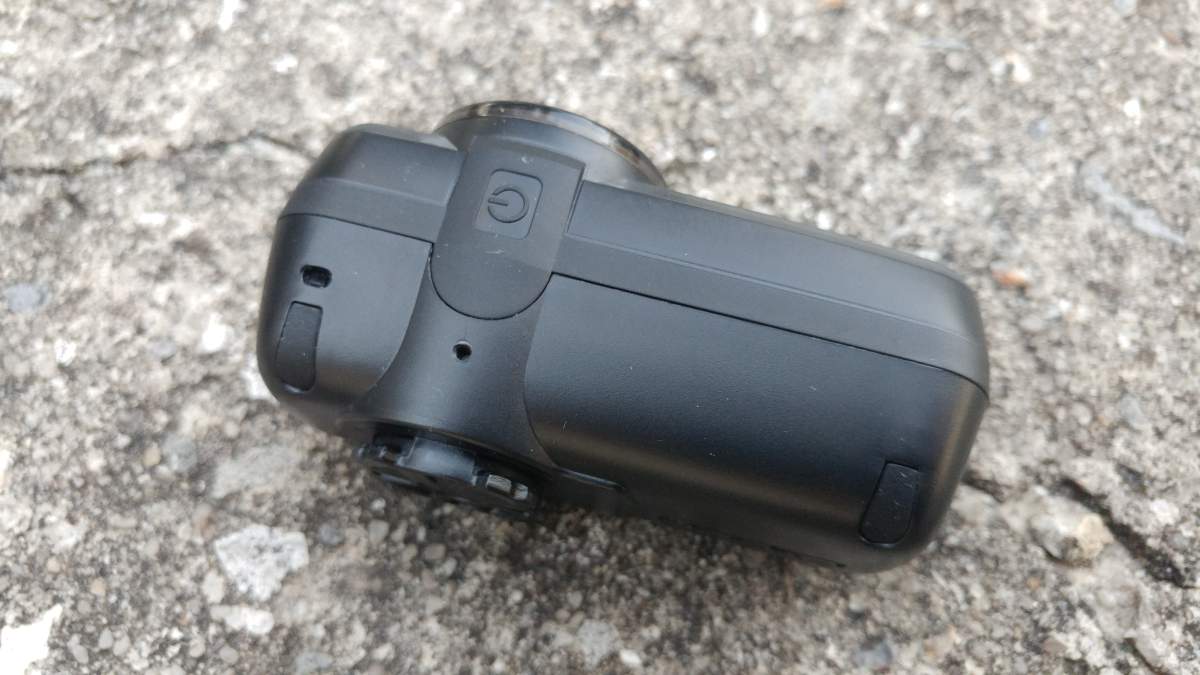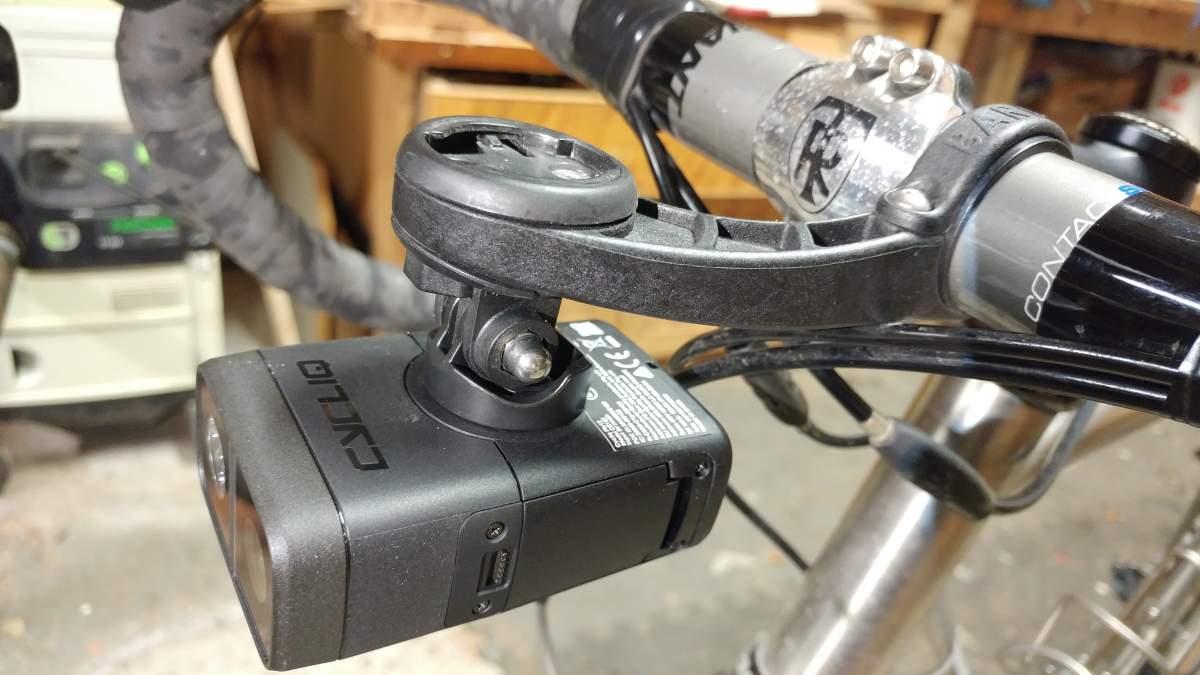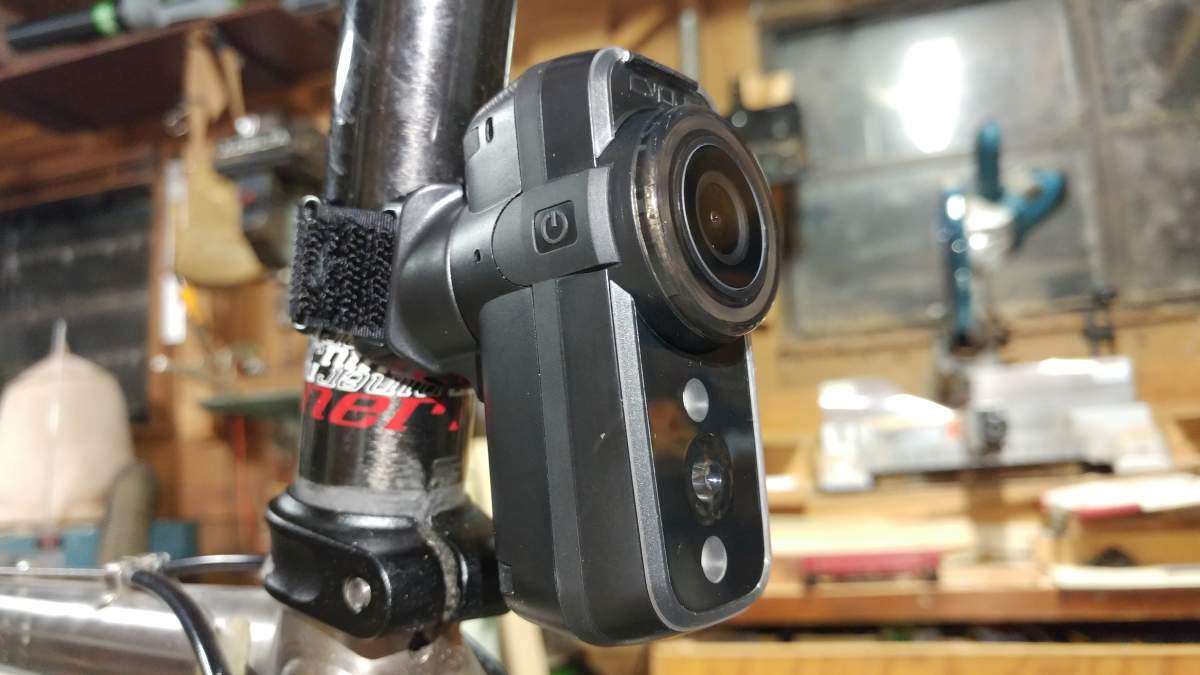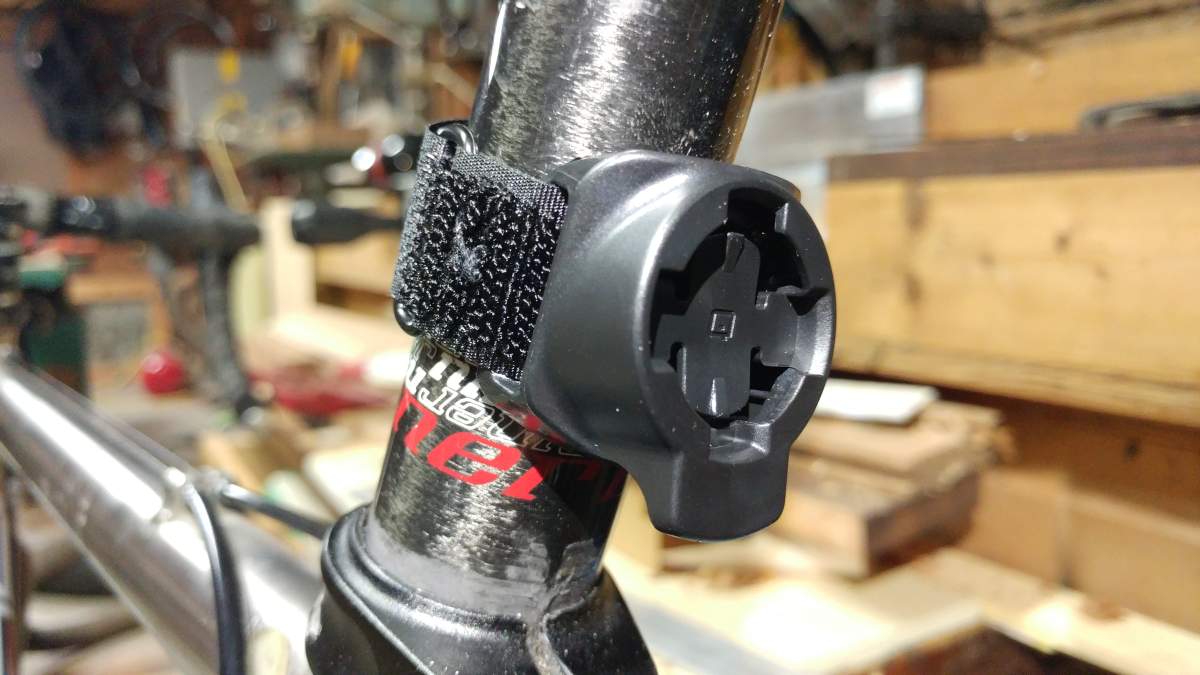“It all started one afternoon in the Perth hills when product founder Kingsley Fiegert was enjoying a late afternoon ride. Without warning and from behind Kingsley was hit with an object fired from a slingshot out of a passing car. A few choice words may have left Kingsley’s mind at the time, but the incident definitely didn’t. He thought about it for the next week, and after a long conversation with his son Josh, a rear-facing bike camera was an obvious solution.”
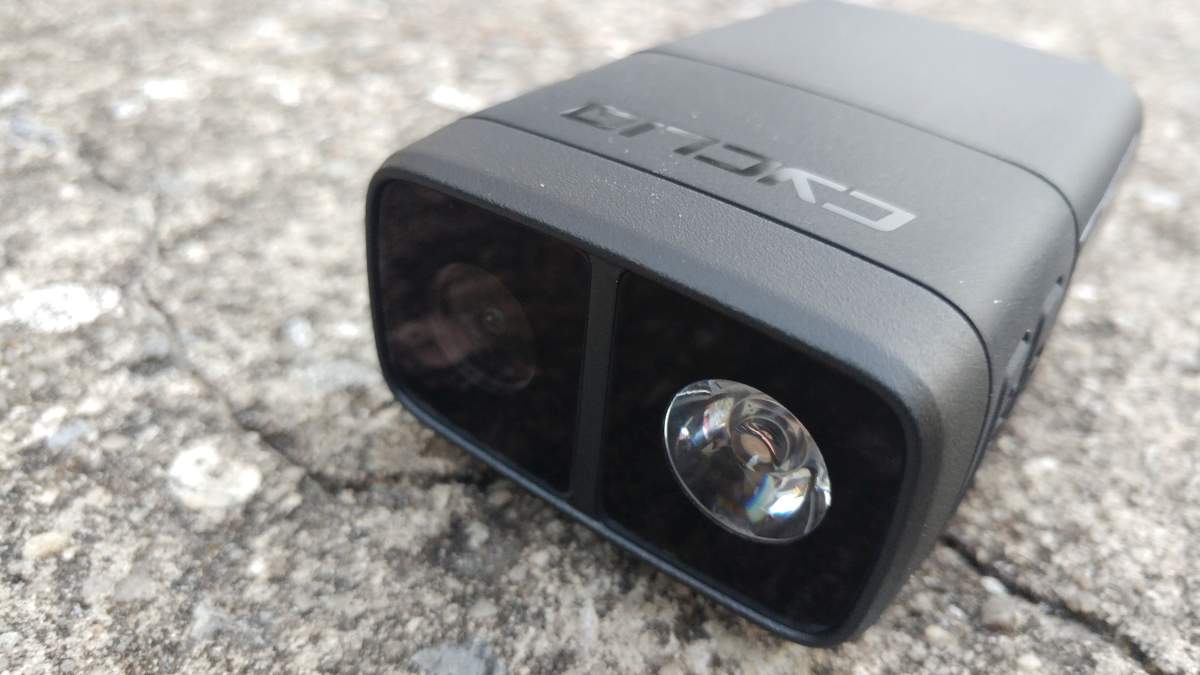
“From a crowd-funded start-up to an Australian Stock Exchange listed entity, Cycliq now sells its products all around the world.” The Fly6 was the result of that crowd sourcing campaign, and since then, Cycliq’s product line has expanded to include the forward facing Fly12.”
I commute to work 20 miles (round trip) from my home outside of town diagonally across the city to my work. For a relatively small town, the traffic can be pretty bad, especially around the University at peak times. I’m a pretty intrepid cyclist in traffic, but for the last few years I have ridden front and rear flashers for a bit of extra visibility. I have attempted mounting cameras to catch the perpetrators who throw stuff at me, or act rudely. But the hassle of multiple devices (2 cameras, 2 flashers) memory cards that need to be erased, 4 batteries to keep charged always led me to abandon the effort.
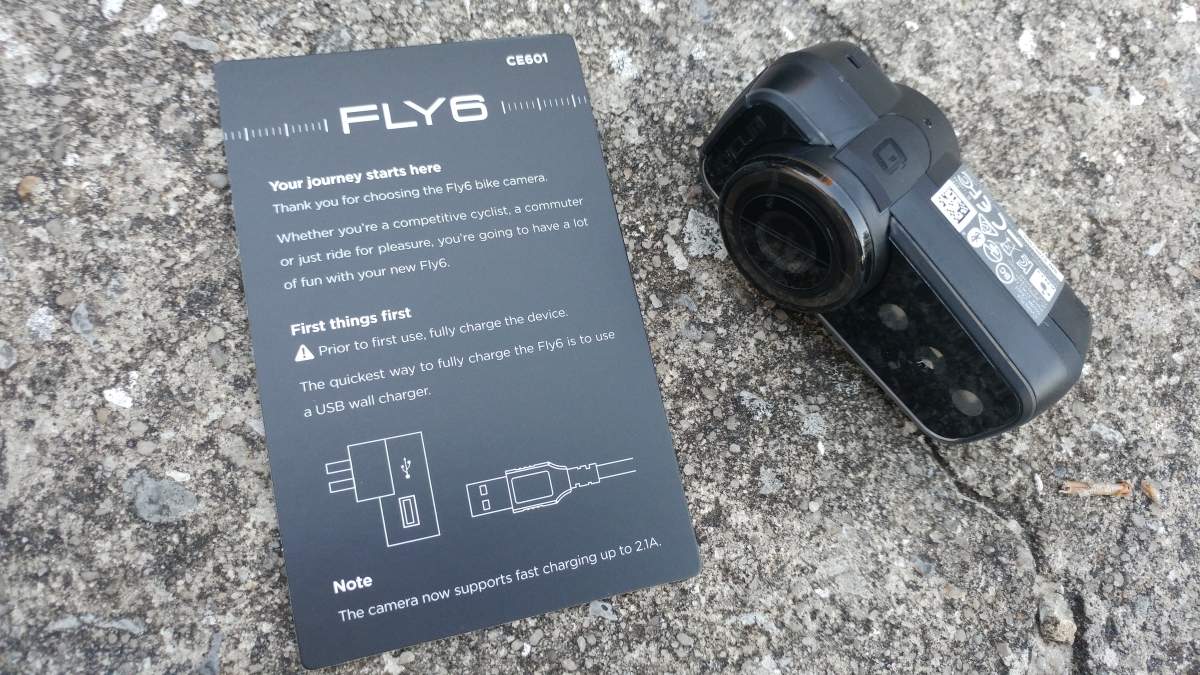
The Fly12 and Fly6 combo camera/lights looked like an interesting proposition for a regular commuter. First, both operate as excellent lights for commuting.
The Fly12 has a 600 lumen headlight which is more than adequate for paved commuting. It also has a variety of flashing and pulsing modes, as well as multiple brightness settings; all common features in a headlight.
The Fly6 rear flasher also has all you would expect from a rear taillight/flasher. It has both a circular LED pattern at the top, and a linear led below that.
The top lights sort of “whirl” around the camera lens, while the linear array has all the typical flashing settings you would expect.
What really sets these devices apart are the integrated cameras. Both are very high quality and similar to other cameras you may be familiar with. They include HD resolution, stabilization, multiple frame rates and lower resolutions if needed.
A key feature is the “looping” video storage. Each camera can be set to save files in a range of time epochs. If the microSD card fills up, the oldest file is overwritten. From a practical perspective, this is a huge advantage.
Having to remove and erase cards, or remove the lights to attach via USB to erase the cards is a hassle, and one that led me to abandon a standard camera setup. Worse of course, is missing key footage because your card is full. Any file (epoch) can be permanently saved with a single button press.
Built in to both camera’s firmware is the ability to detect an “accident”, defined as your bike tilting more than 60-degrees. Such an accident locks the most recent file from being overwritten, presumably as evidence of what just occurred. I tried it (without crashing) and it worked just fine. Another feature that uses the same technology apparently is a theft alarm, which I did not try.
There are a number of convenient features like battery life indicators (beeps) that allow you to know how much (%) of the battery remains. It also has a “get home safely” feature that shuts off the camera and maintains the light when the battery gets too low.
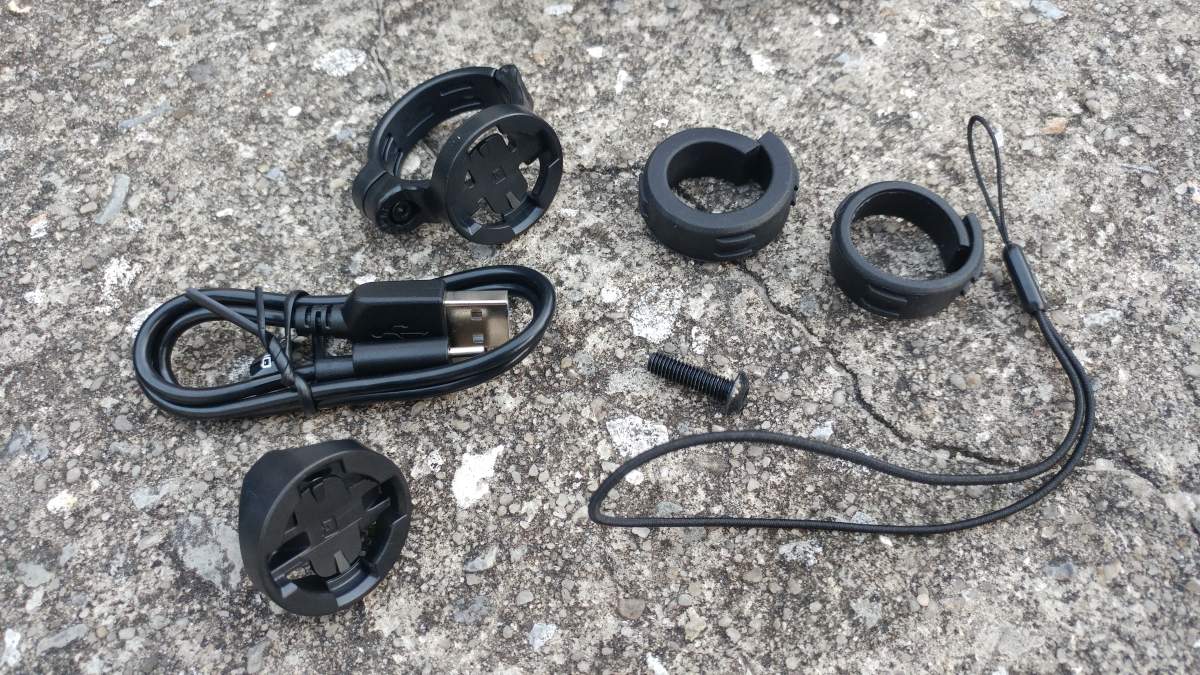
Both light/cameras have built-in Bluetooth, and a free program allows you to adjust the dizzying array of options via your phone. I set it up once, and just left it there. I reduced the number of flashing, pulse, and brightness options to just 2 of each, to simplify the real life use of the device buttons to change settings. Otherwise, you need to cycle through many different settings. In the real world application, I found that I didn’t need but a couple of options.
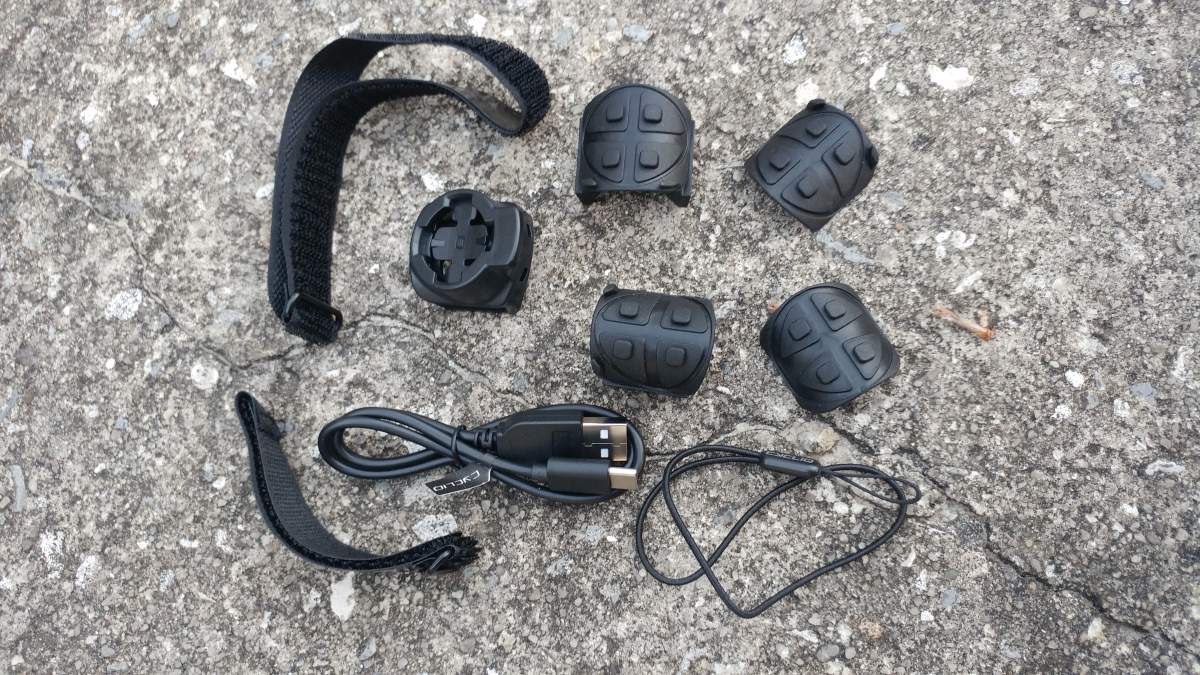
I used the devices for over a month of daily commutes, and for the most part they both worked flawlessly. The rear microSD card has a tendency to pop up (and disconnect) as you fiddle with the little silicon water cover flap. I could not reliably get that cover to work. I did ride in the rain (with fenders/mudguards) and had no issues with water intrusion.
How did it work? The lights were bright, just as you would expect. The camera images were certainly on par with my Garmin VIRB, and GoPro’s I have owned. Image stabilization seemed quite good.
I had the front camera mounted upside down, under a Garmin, on a plastic Barfly mount and expected some jitter, but got none.
The rear light was mounted on the seatpost. The image quality was good enough to pick out license plates in good light, but not in low light situations (at least with the front). In Florida we don’t have front license plates, so I didn’t check out the rear’s ability to image license plates. I tested neither device offroad, or on gravel.
Overall, I found the FLY12 and FLY6 to be excellent products. Well designed, robust, good quality, with many practical features for the commuter. I think the cameras could also do a good job for recreational filming purposes as well. I like them well enough that I am likely to purchase a set for my commutes.
Sample Video
Article on behalf of Gravel Cyclist. Jayson O’Mahoney is the Gravel Cyclist: A website about the Gravel Cycling Experience. Many thanks to our guest reviewer, Dr. Pain.
